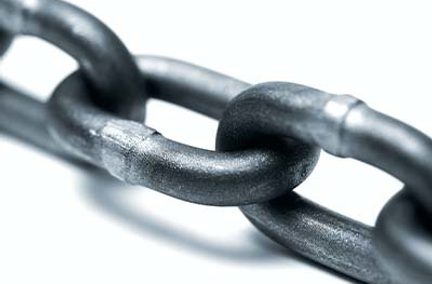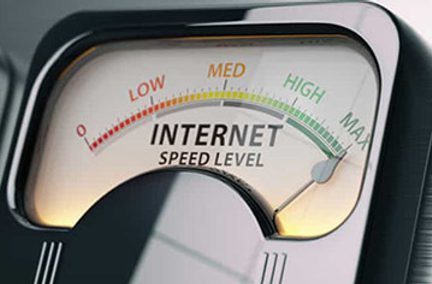Speed Wars, Episode III: Fiber Optic Internet vs. Cable
Nov 15, 2022 | Home Technology

In Speed Wars: Episode II, we compared fiber optic internet to satellite and discovered satellite’s limitations and why fiber was a faster, more reliable option. However, satellite is still the only option for some people in rural areas. Cable internet, on the other hand, is far more popular and available in urban, suburban, and some rural areas. Let’s look at how cable internet compares to fiber internet in speed, reliability, and cost.
Cable Internet
Like DSL, cable internet grew out of existing technology used in a new way. While DSL uses existing telephone lines to transmit internet data, cable internet uses the same cable connection subscribers use to watch cable television. So, if you have cable TV, there is no need for extra lines to be run to your home for internet service. Or you can get cable internet by itself without subscribing to the television service. Either way, the internet signal comes into the home via a copper cable.
Cable internet has its advantages. For a long time, it was the fastest internet network around. Nothing else was faster. If you wanted high-speed internet, cable was the way to go. It was faster than DSL or satellite, and because cable TV was so popular, very little new cable had to be installed either in the ground or on utility poles. For many today, it is still the fastest service available in areas where fiber optic internet is unavailable.
It also has its disadvantages, starting with limited bandwidth. While cable can carry a lot more data than DSL and satellite, it will eventually run out of bandwidth and be unable to keep up with the growing demand for strong internet infrastructure. In addition, copper cable has intrinsic characteristics that limit its ability to carry high-speed signals.
Because it uses electricity to communicate, cable is susceptible to interference from outside influences, such as lightning, radio signals, or nearby power sources. This interference can cause static in the line, weakening the signal and causing data loss from beginning to end.
One of the biggest weaknesses in cable internet is asymmetrical speeds, where uploading is significantly slower than downloading.
Fiber
Cable was king until fiber came along. Fiber quickly surpassed cable’s ability to deliver high-speed internet, dethroning cable as the fastest internet service. Rather than measuring speed only in megabits per second, fiber internet can be measured in gigabits per second, far faster than anything cable can do.
Unlike cable, fiber internet is future-proof and scalable to an almost infinite amount of bandwidth, so as more demand is put on the infrastructure – which it will be as the world becomes more connected – fiber can keep up with plenty of room left over.
Fiber internet does not use electricity to transmit data. Instead, it uses bursts of light that travel just shy of light speed down an ultra-thin strand of glass about the width of a human hair. Because there is no electricity involved except in the sending and receiving electronics at either end, the signal in the fiber is not affected by any electronic interference. Radio signals, power sources, and lightning do not affect fiber optics.
One of fiber’s greatest features is its symmetrical speeds, where downloads and uploads are the same speed. So, for example, if the service calls for 250 Mbps, that’s 250 Mbps up and down. And unlike cable internet, fiber internet is not shared with the neighbors, so your speed does not depend on who else is home and what they are doing online. You get all the bandwidth you’re paying for.
The only two drawbacks to fiber currently are a lack of widespread infrastructure – but that’s getting better every day – and the cost to build. Both of those factors are changing rapidly, but fiber is still in its infancy compared to the older cable technology. As demand goes up for fiber and more areas embrace the newer technology, construction costs will go down, making it easier for fiber internet companies to build more mainlines and sign up more customers.
Wrap Up
While cable internet is far better than DSL or satellite in terms of cost and speed, its capabilities are nowhere close to what fiber optics internet can do. Fiber is faster, clearer, and more reliable than cable. And with fiber internet prices coming down, the value of fiber cannot be matched.
If you missed Episode I or Episode II, go back and see how fiber internet compares to DSL and satellite.
- cable internet
- fiber optic internet
- fiber optics
- home internet
- high speed internet




